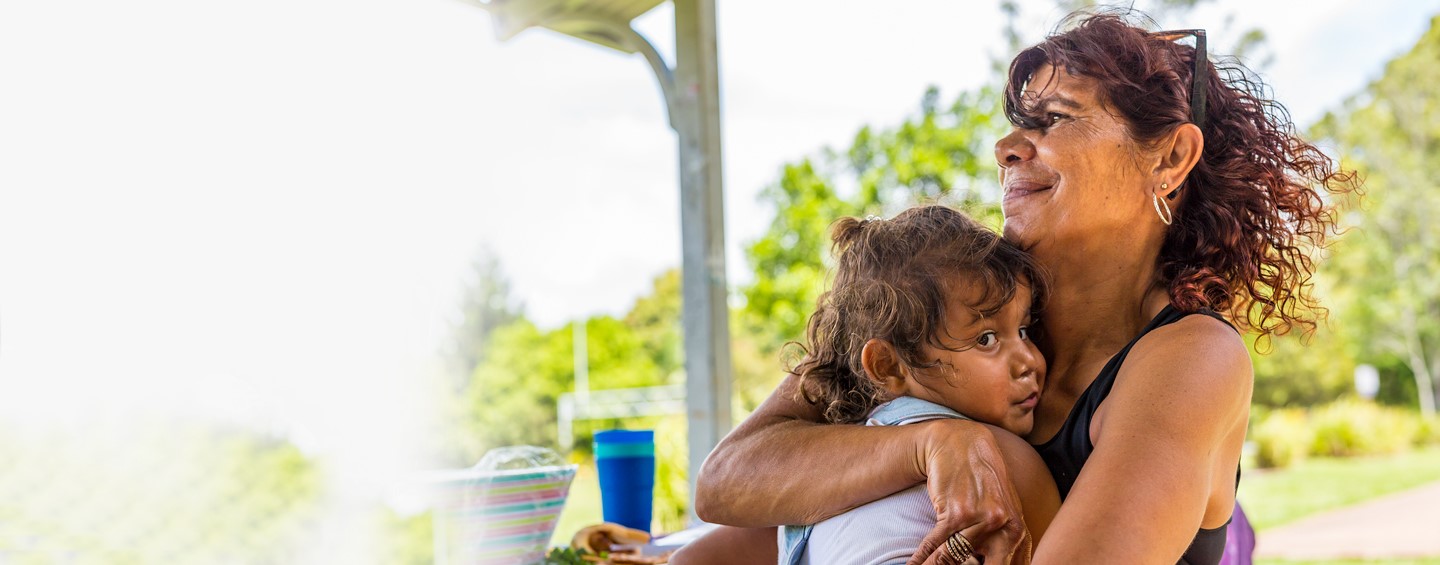When it comes to health and care in Indigenous communities, there is still a gap in many measures of health, including life expectancy, chronic disease, child and maternal health, between these communities and non-Indigenous communities. In fact, recent NSW hospital data has shown Aboriginal people with chronic conditions were almost twice as likely as non-Indigenous Australians to repeatedly end up in hospital for avoidable reasons1.
While there are many successful methods of providing healthcare that do not involve health technology, the immediacy, innovation and scale of digital health means that it could have an important role to play in improving achieving health equality for Indigenous communities.
In the wake of the COVID-19 pandemic in Australia in 2020, we saw just how vital a role digital health can play in an urgent health crisis. The growth and acceptance of digital health that was expected to happen over years happened within weeks and months in dealing with the impacts and challenges from the COVID-19 virus; digital health technologies such as telehealth and other virtual care solutions² and electronic prescriptions for accessing medications ³ were made more accessible to patients to enable access to high-quality, safe healthcare to continue.
The disparity in health equality between Indigenous and non-Indigenous communities is an urgent health crisis and one in which digital health technologies are attempting to address. One such example is Telstra Health’s Communicare software, which supports more than 50% of Aboriginal Medical Services (AMS), covering more than 400,000 medical records and is used by over 8,000 healthcare professionals nationwide. The digital solution has been created in collaboration with rural and remote health services and designed with supporting the health and wellbeing of Indigenous Peoples at the forefront.
Health services that support Indigenous communities can benefit from the automation and interoperability that certain digital health technologies can enable. Communicare, for example, enables multi-disciplinary teams to access configurable workflow and clinical items to support specific programs and conditions such as renal disease, and it can assist healthcare teams in implementing preventative healthcare measures. This helps to support patients in the long-term as well as the short-term.
Assessing the health and wellbeing of Indigenous Peoples requires more than recording and monitoring medical information; an individual’s social and family history and other important environmental factors and experiences should also be considered. Communicare can provide a holistic, patient-centric view across a patient’s entire journey through the health service. This enables a healthcare provider to analyse and evaluate outcomes and equips them with information and insights to help make more informed decisions to improve healthcare in Indigenous communities.

 Visit
Visit 




